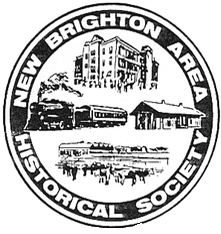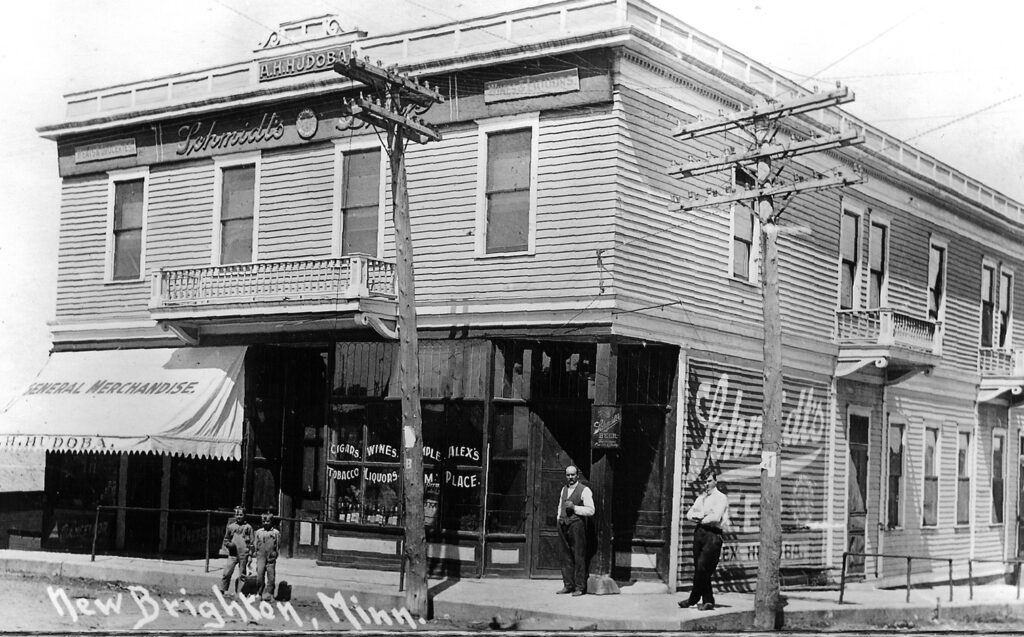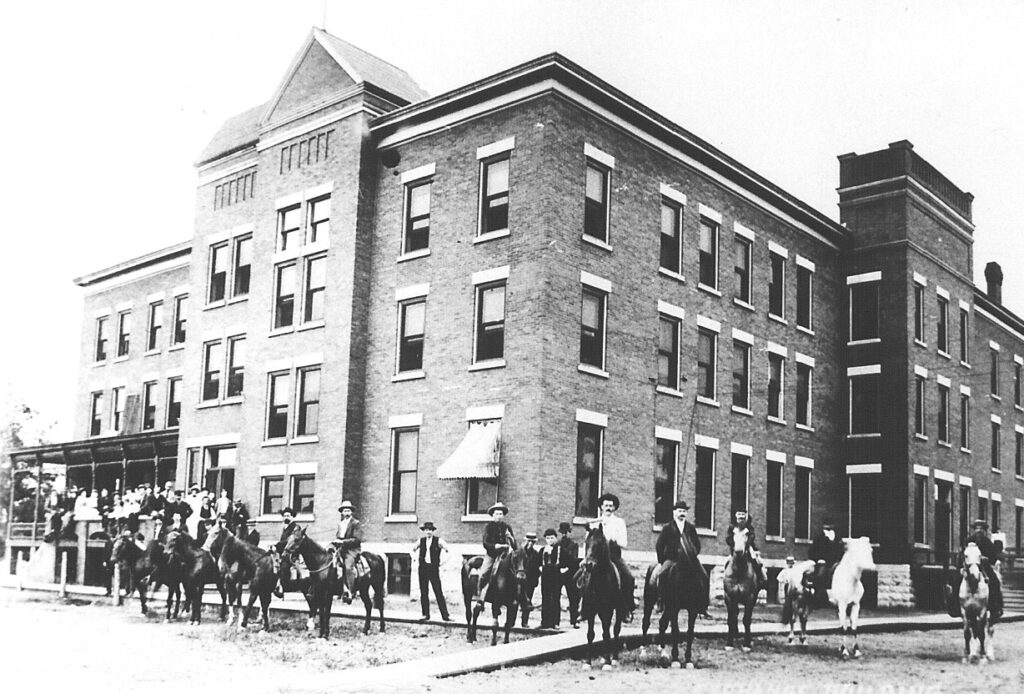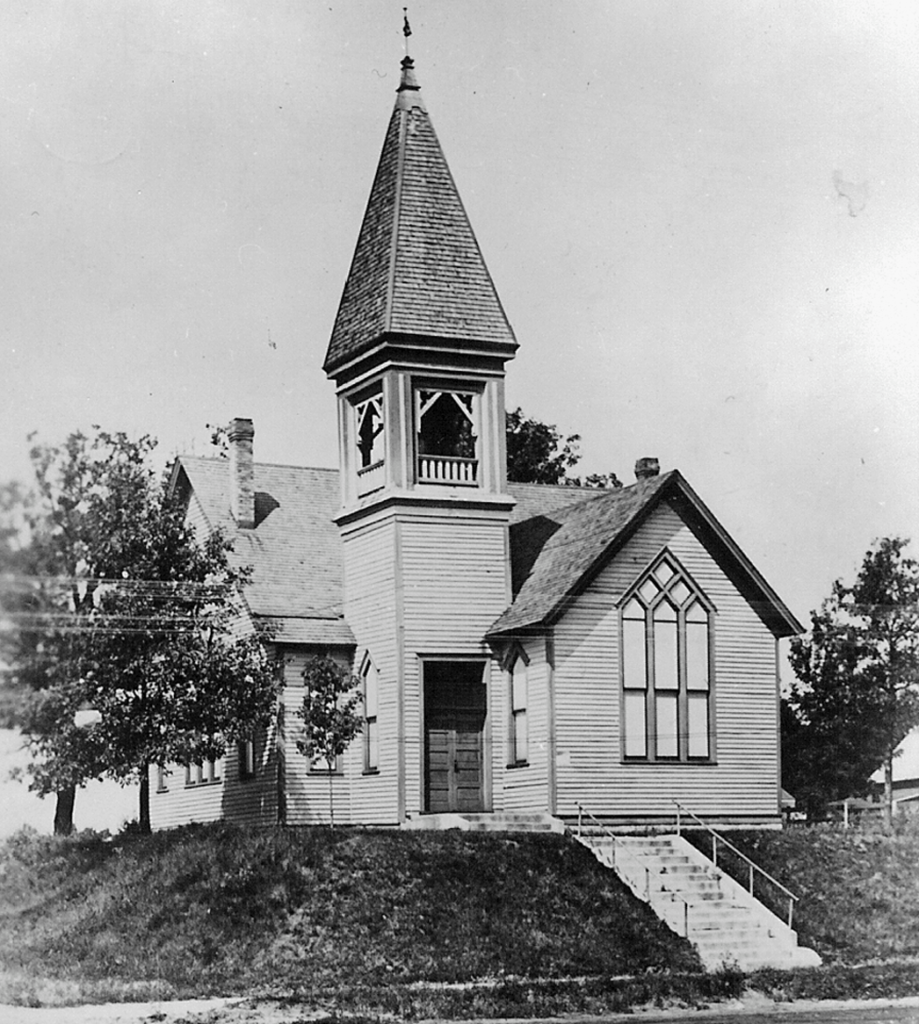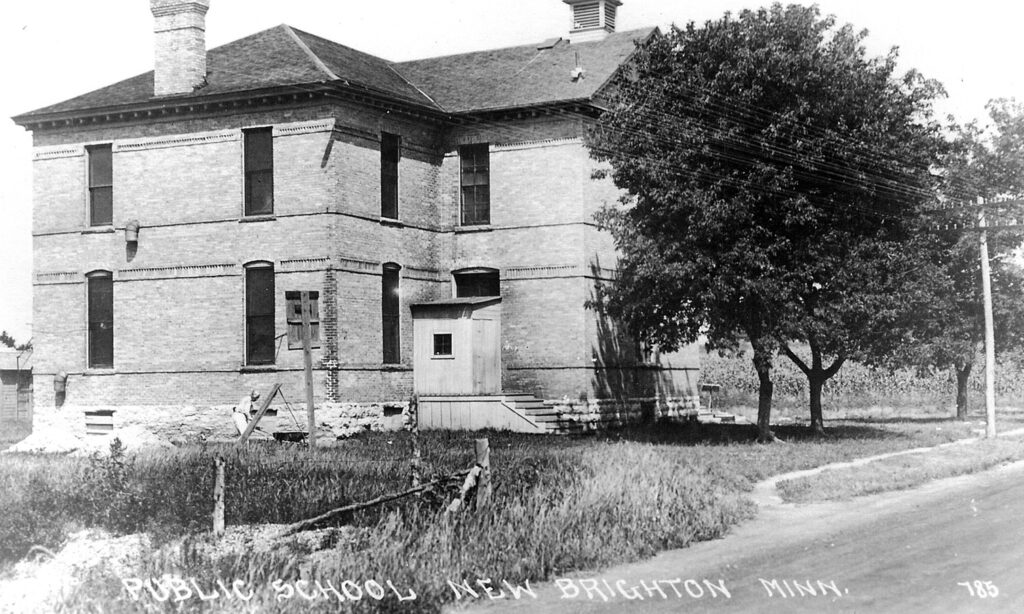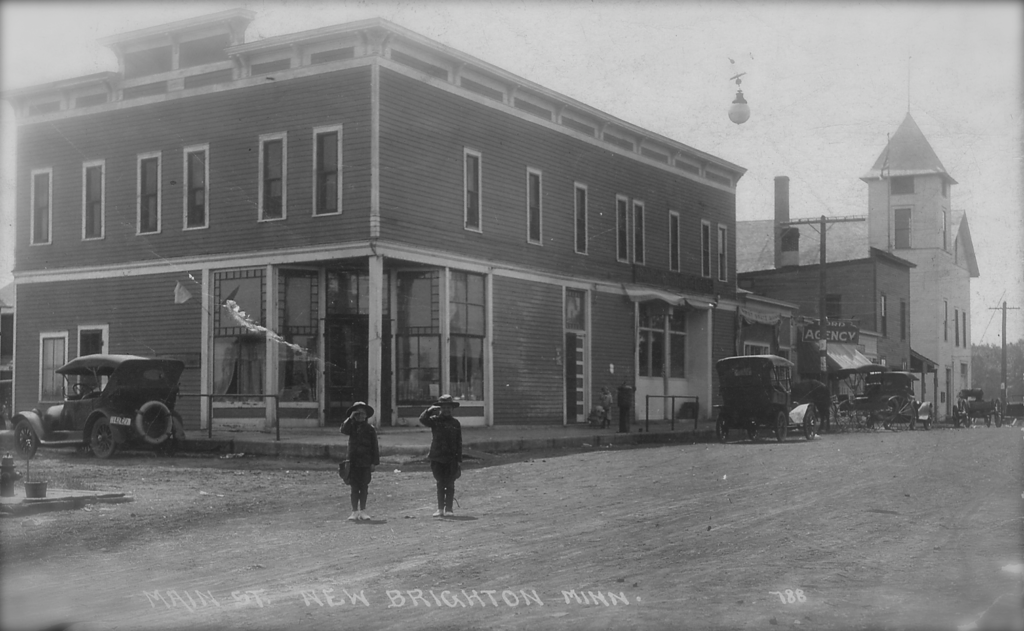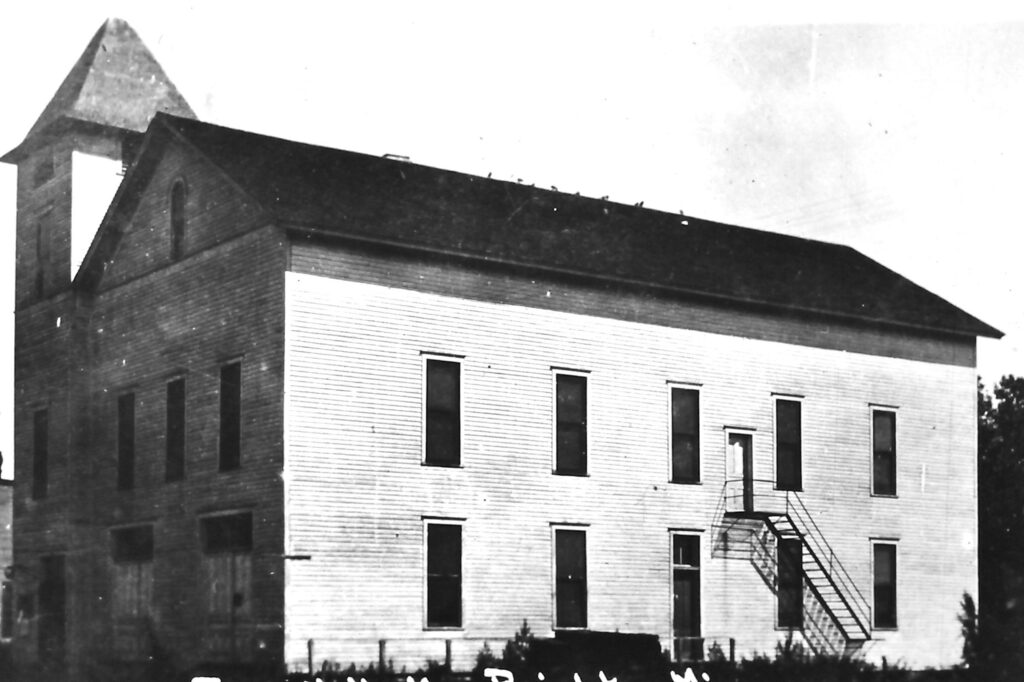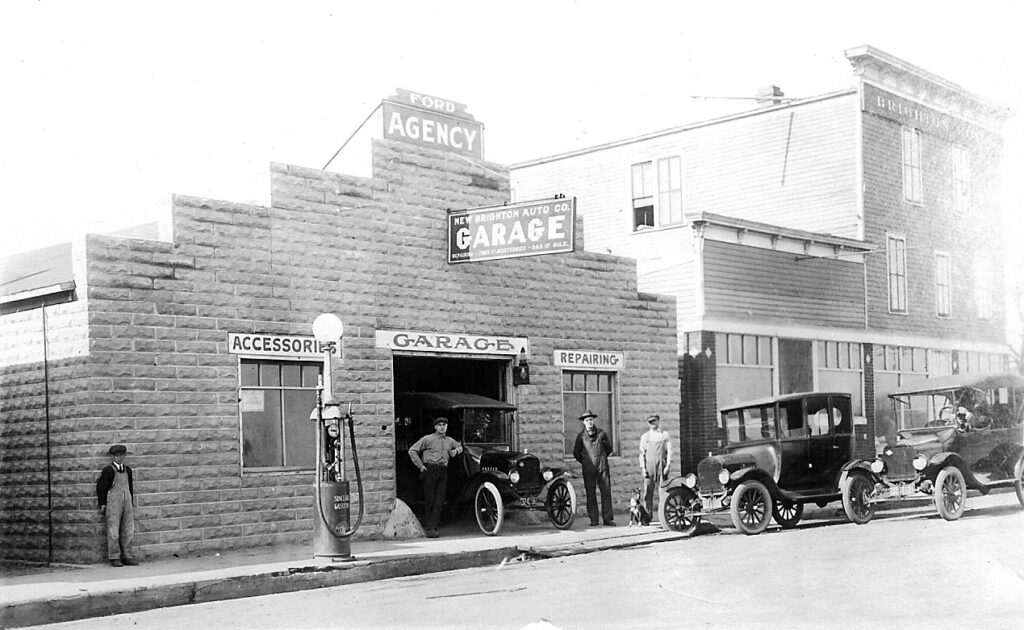New Brighton Area Historical Society
The objective of the society shall be the discovery, preservation and dissemination of knowledge about the history of the area in and about New Brighton.
Recent News
- New Brighton area history up to 1940
 We also posed for an updated photo of out Board ofDirectors.
We also posed for an updated photo of out Board ofDirectors. - Newsletter Fall 2023
 We published and mailed our 2023 Fall Newsletter to our membership. Many thanks for your support.
We published and mailed our 2023 Fall Newsletter to our membership. Many thanks for your support.
Click on NEWS to see all of our News articles.
Vintage Photos of New Brighton
These vintage photos are part of the photography collections of the New Brighton Area Historical Society, which numbers over 4000 photographs. If you are interested in finding information about our photos, please check the download page for a listing. To obtain copies of photos, please email: nbahs@me.com
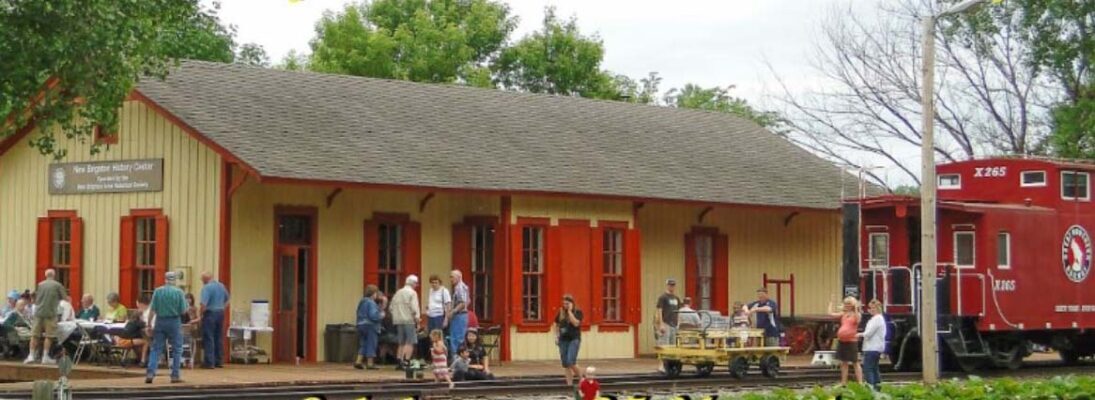

NBAHS Mission
To discover and collect any material which may help to establish or illustrate the history of the area in and about New Brighton, its exploration, settlement, development and activities in peace and war, its progress in population, ethnic groups, wealth, education, arts, science, agriculture, manufacturing, trade, transportation, religion and finance – printed materials such as histories, genealogies, biographies, description, gazetteers, directories, newspapers, pamphlets, catalogues, circulars, handbills, programs and posters; manuscript materials such as letters, diaries, journals, memoranda, reminiscences, rosters, service records, account books, charts, and other multimedia materials, such as oral and written histories; and museum materials such as pictures, photographs, paintings, portraits, scenes, aboriginal relics, and material objects illustrative of life, conditions, events, and activities in the past or the present; and to preserve historic artifacts.
To disseminate historical information to interested persons, groups and institutions and arouse interest in the past by publishing historical materials in the newspapers or otherwise, by holding meetings with addresses, lectures, papers, discussion and tours; by marking historic buildings, sites and trails; and by operating a museum.
